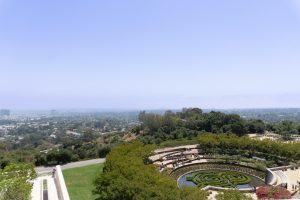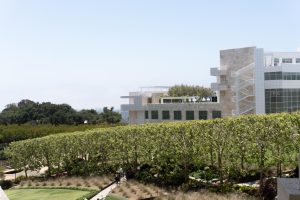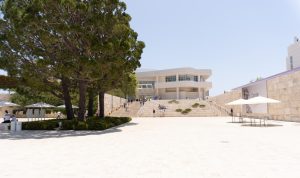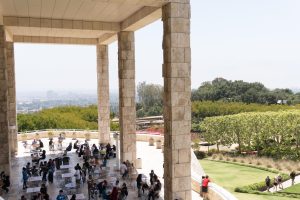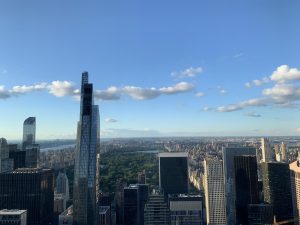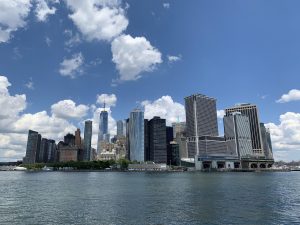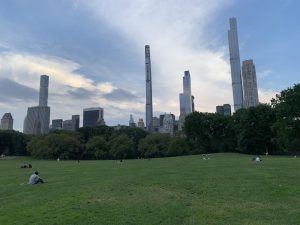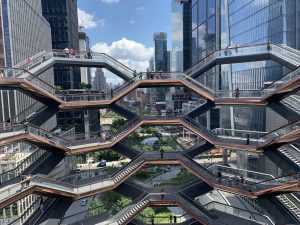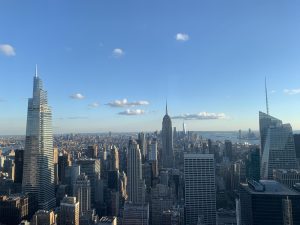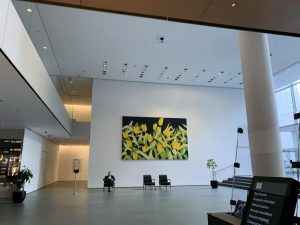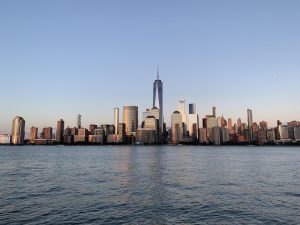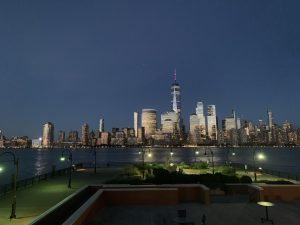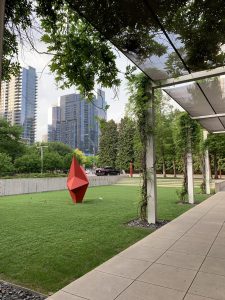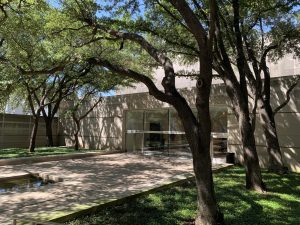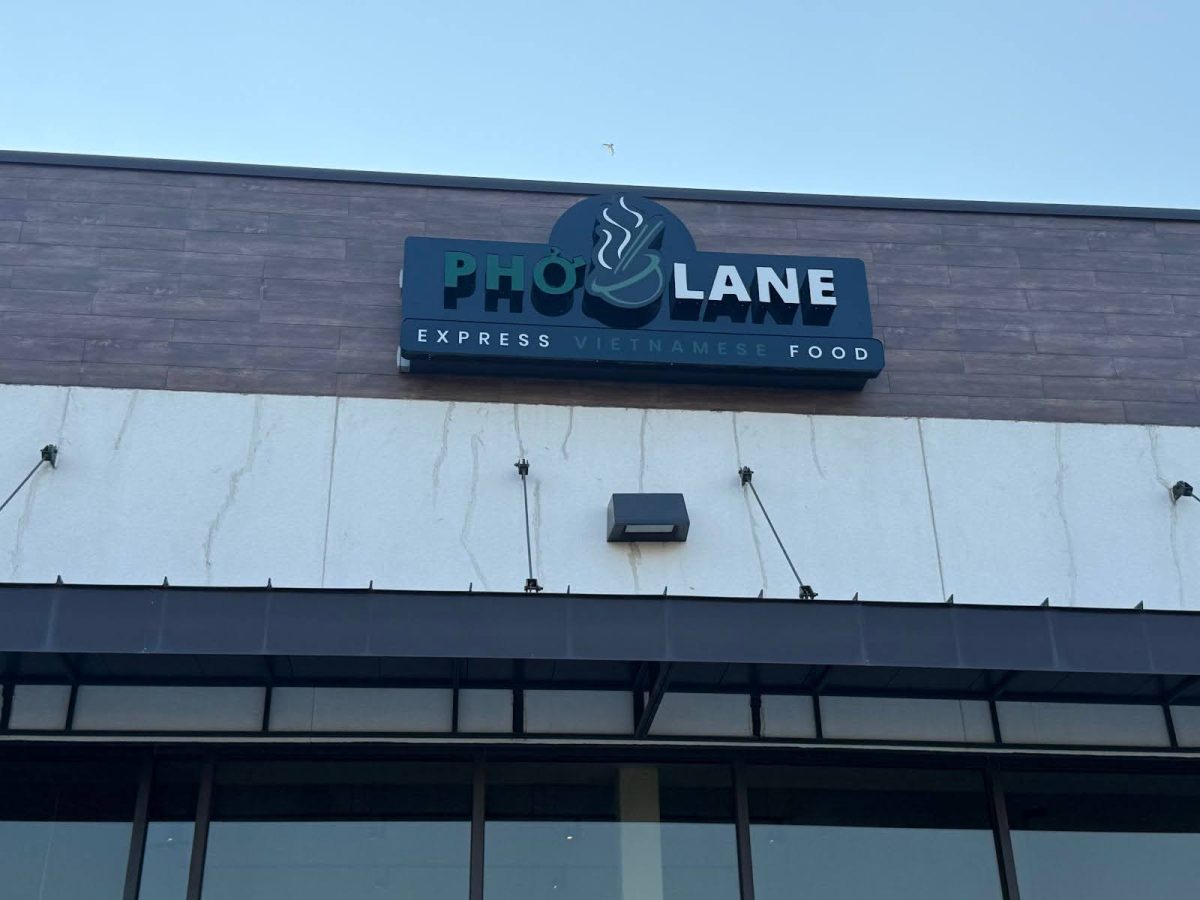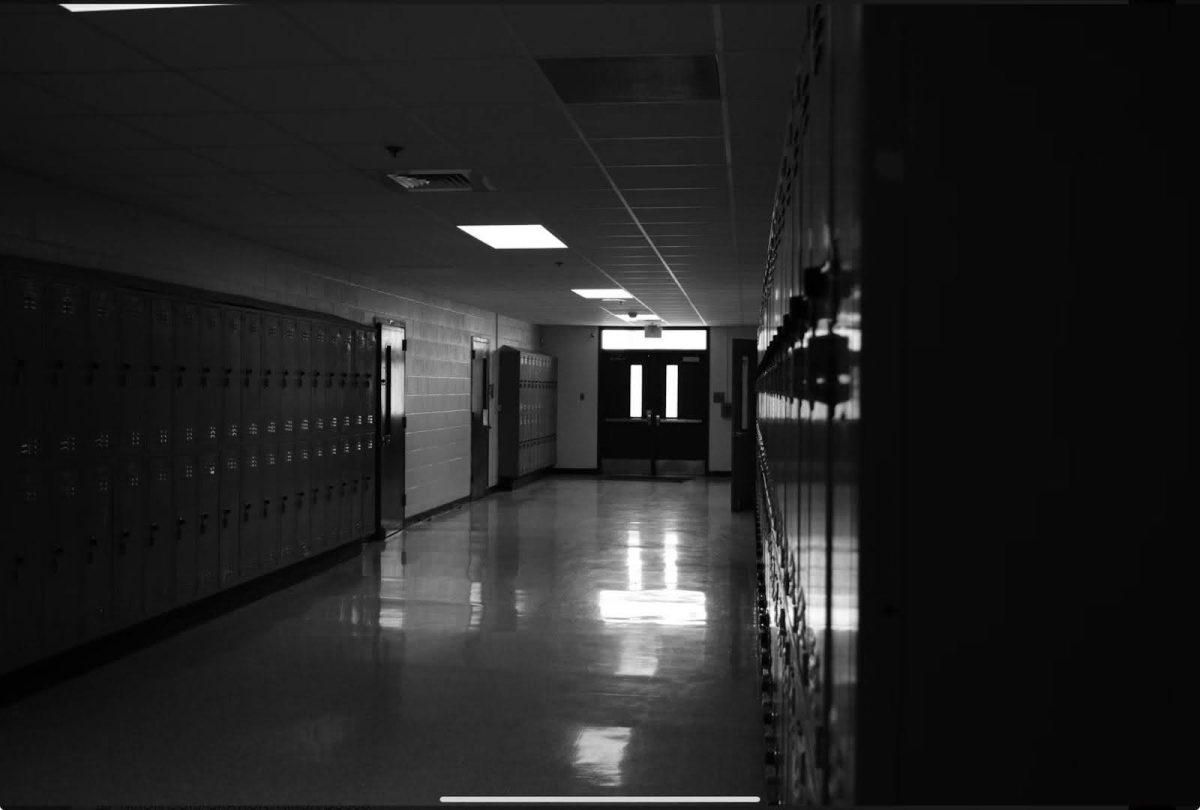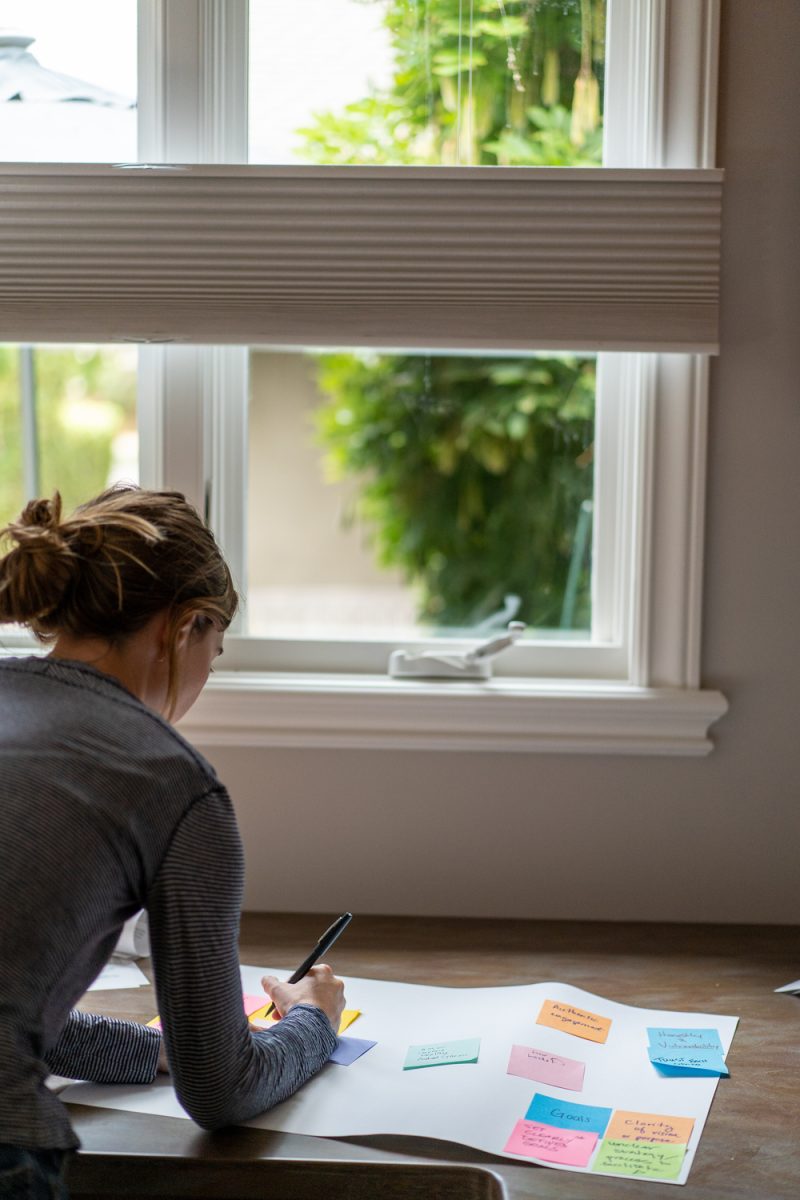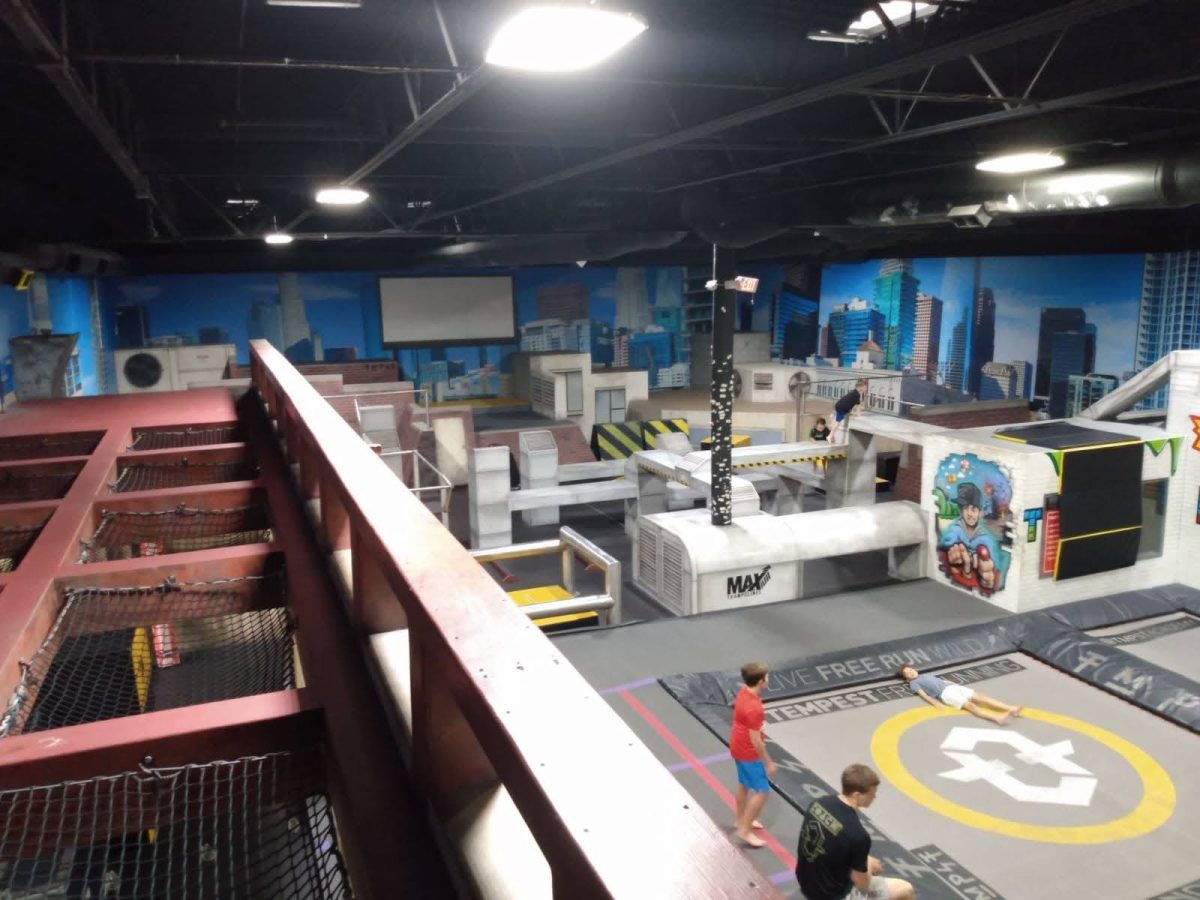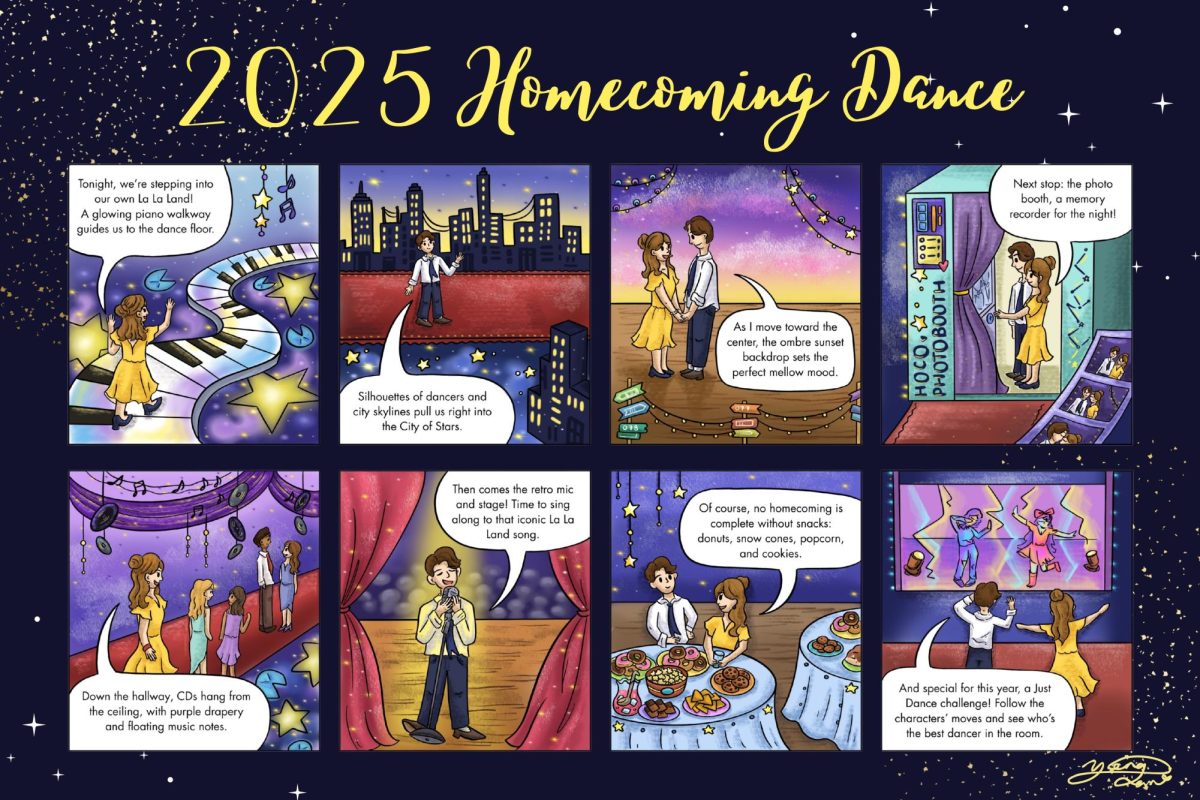Museums as architectural mirrors: Reflecting urban identity through art
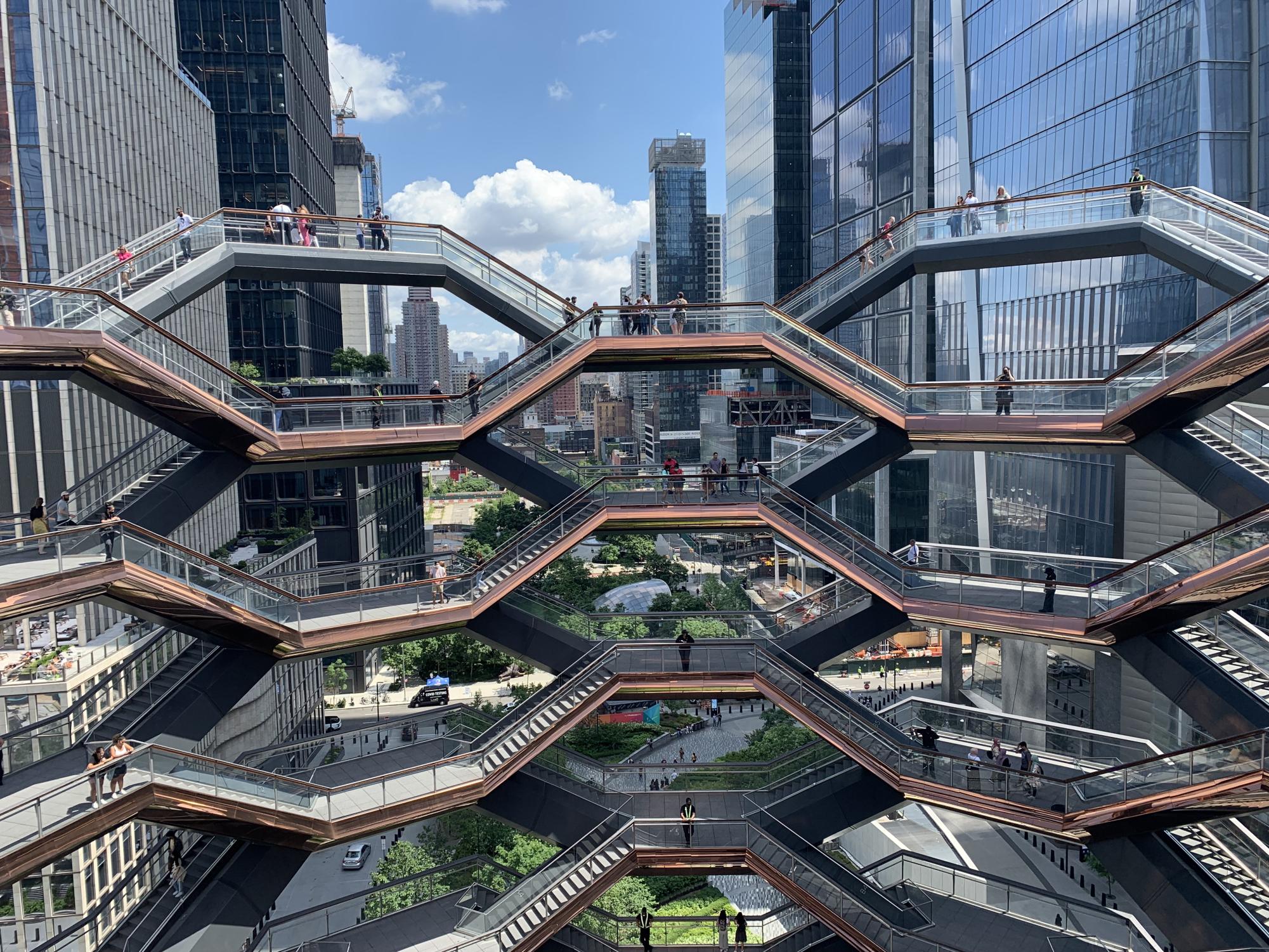
Cities around the world are often marked by similar scenes of compact roads and streets filled with buildings and skyscrapers. Yet, regardless of the generalized perception of cities, they each showcase different environments, layouts, and features that form a distinct definition of the area. Amongst various factors that shape the outlook of a city, the interrelationship between urbanism and art is what modern designers, urbanists and artists are highlighting, more than simply bringing new urban developments and infrastructure to elevate the city’s profile. Museums within different cities mirror the city’s unique characteristics, reflecting the overall urban landscape, spatial relationships with surrounding environments, and other initiatives cities aim to take on through their design and architectural character.
So, what exactly does art have to do with urban studies or urbanism in general? The project manager of the Princeton-Mellon Initiative in Architecture, Urbanism, and the Humanities at Princeton University and the author of The Lofts of Soho: Gentrification, Art, and Industry in New York, Dr. Aaron Shkuda offers insights into the transformative role of arts in urban development.
“The arts are important because [they help] the city grow, and it helps attract young families and young creative people who want a diverse, interesting place to live,” Shkuda said. “So I mean, when I think about a place like Dallas, there’s this idea that the arts have the role to play in shaping interesting and dynamic places in urban areas.”
Shkuda further expands on the idea of how cities now boast their popularity and build up their definitions through the use of arts, rather than the traditional symbols of wealth or success in the past.
“There was this idea that came up in the early 2000s and it was attributed to this urban planning scholar named Richard Florida. He became really famous for the idea that the economy is driven by young, well-educated creative people,” Shkuda said. “For instance, people nowadays generally don’t like the old idea of how the city became popular or successful by investing in big infrastructure. … But it’s more interesting when you have poets and visual artists and go to music places.”
Following are three sizable and historic cities in the United States paired with their notable museums. Each case study will reveal how each city reflects its unique essence through the urban layout and the museums in the area.

The first city to kick off this travelogue journey of museums around the United States is Los Angeles, California. Known for its notable Hollywood neighborhood and extensive range of creative industries, LA serves as a feast for the eyes and showcases its unique characteristics through its city layout. Composed of dispersed settlements in mountainous areas and excessively compacted blocks in the bustling downtown, the city highlights its contrast through significantly different patterns and population densities. While other cities put downtown areas as the main focus for urban community life, LA is known for extending its focus outwards toward mountainous areas as well as highlighting diverse elements throughout cultural hubs. Namely, this is well represented by the Getty Center, an expansive museum located in the mountainous area northwest of LA. Perched on the hilltop, the museum is enhanced by the panoramic views of the cityscape skyline, thus showing the significant interplay of natural environment and urban scenery. The museum’s singular architecture layout fused with the contemporary style integrates gardens, terraces, and outdoor spaces; maximizes the use of natural lighting and open ventilation; and, most importantly, presents the splendor of the museum spirit as a phenomenal cultural hub.
Housing European arts of various time periods from drawings and paintings to sculptures, the Getty Center integrates exhibitions into four pavilion spaces featuring artworks from marked time periods. Not only does the museum aim to instill artistic enlightenment in the visitors through dazzling European arts paired with the beautiful architecture of pavilions, but also fosters intellectual stimulation through its commitment to research and education. The Getty Center hosts activities and self-guided visits for children and research materials provided by the Getty Research Institute, an international research center of visual arts. So, how do all these Getty initiatives reflect LA’s unique characteristics overall? Not only does the Getty Center successfully harmonize the city’s exquisite natural scenery with its architecture and arts, but it also prompts the visitors to take part in the artistic and intellectual journey that is marked by the city itself. The Getty Center serves as a cultural sanctuary by offering the community a place to escape the urban hecticness and enjoy the profound tranquility of LA’s scenery, while easily accessing the world of arts.
Through the choice of hilltop location, the Getty Center successfully represents the contrast between the hectic urban landscape and the serene mountainous areas LA possesses. A beacon for LA that mirrors the unique characteristics of its urban landscape and cultural factors, the Getty Center stands as one of the significant landmarks you should surely visit to elevate your overall experience within the city.
-
The Getty Museum’s central garden seen from above features a mix of city view and natural scenery.
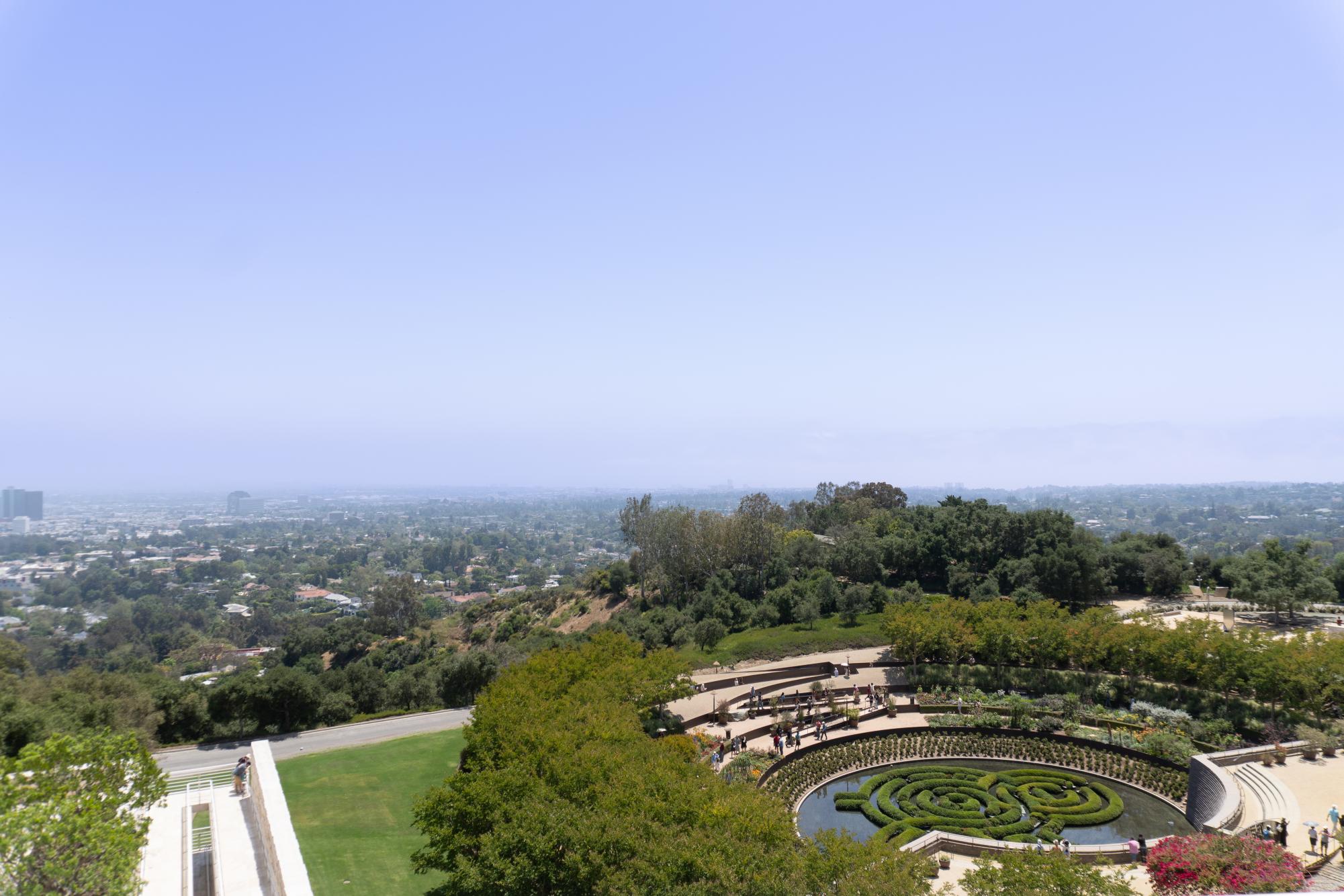
-
The Getty Research Institute side view surrounded by a lush hill.
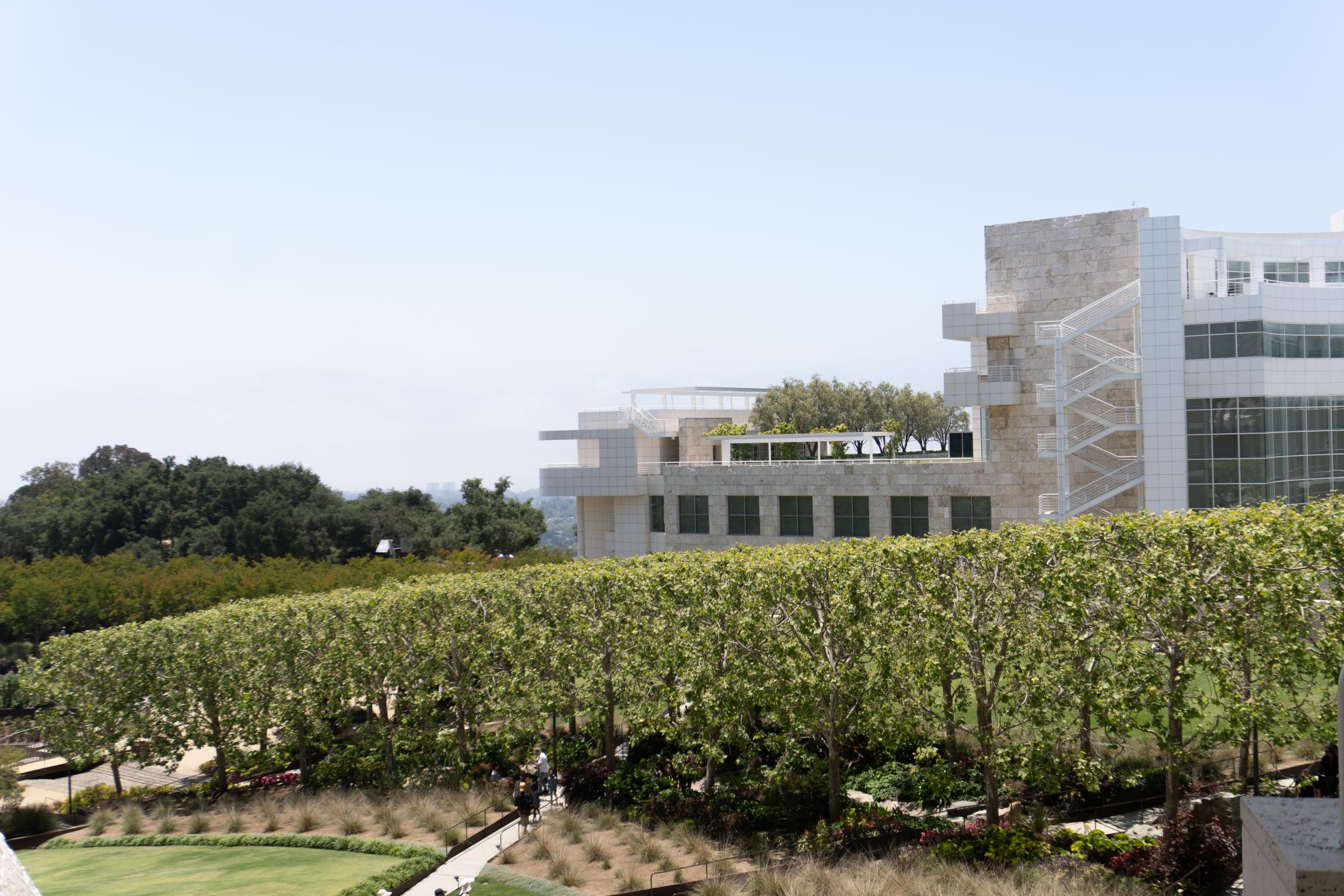
-
The Getty Museum’s front entrance view showcases its white travertine stone-covered buildings.
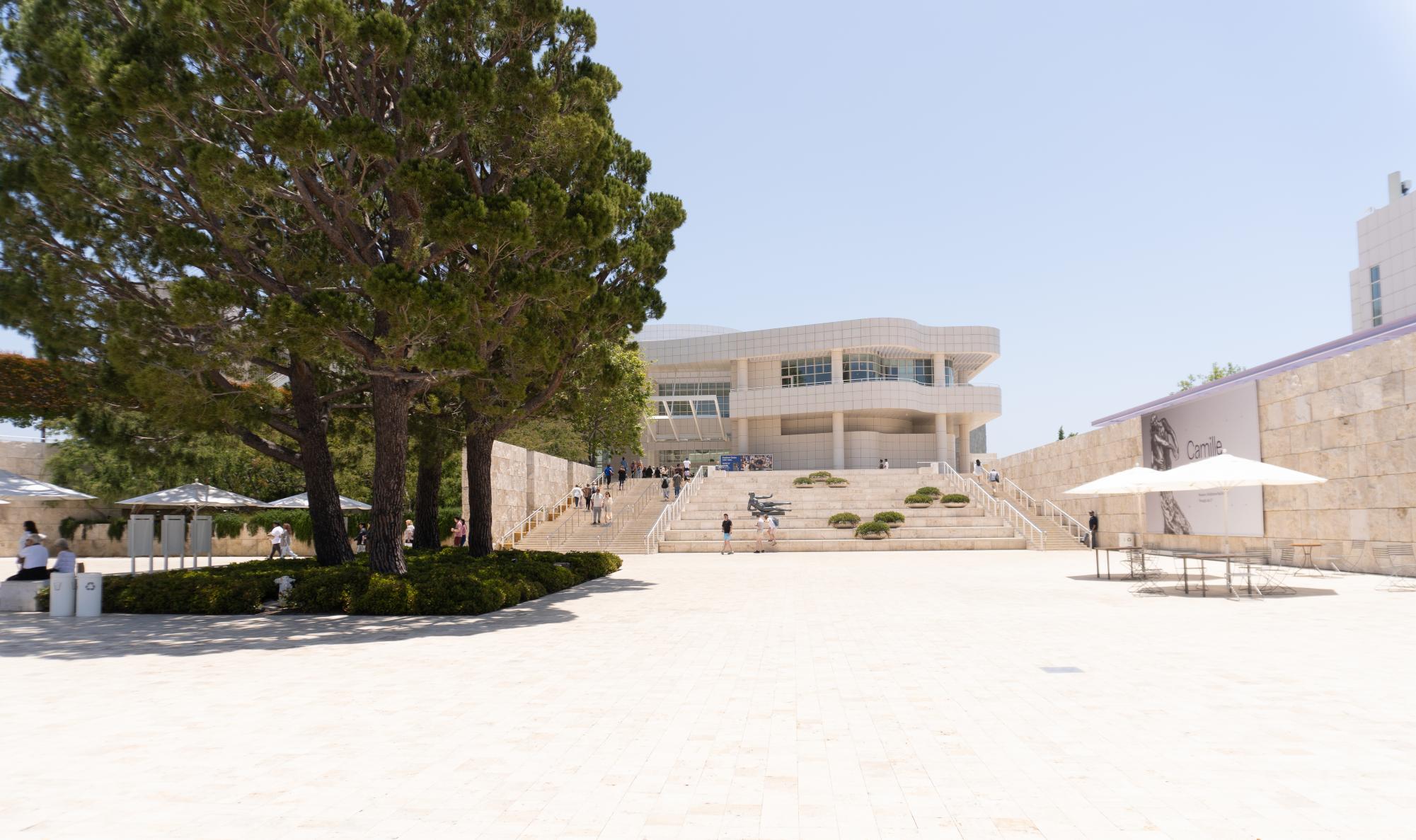
-
Cafe at Getty Center on the lowest floor near the central garden.
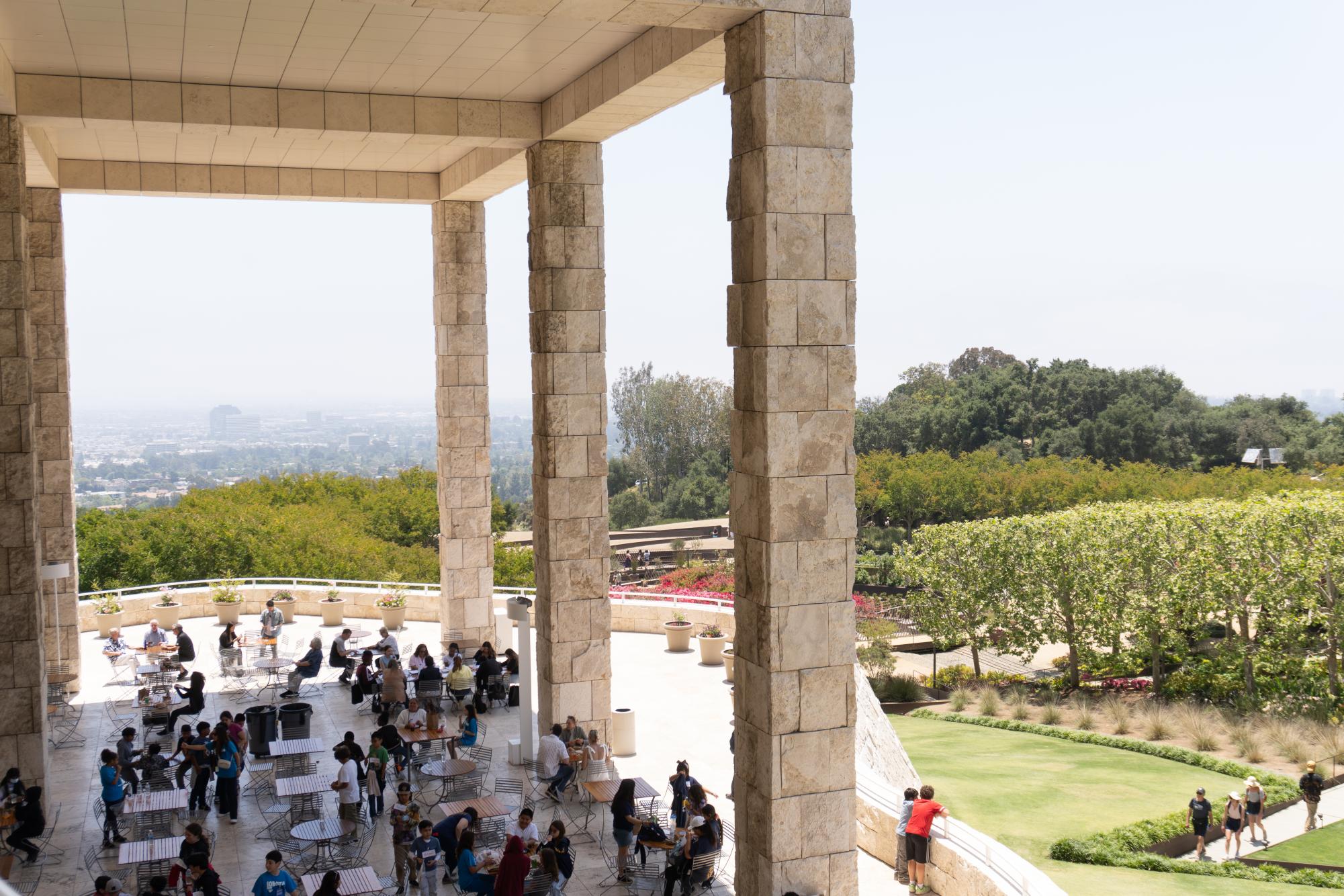
-
Los Angeles’ overall city view from above features an interplay of urban scenery and mountainous areas.

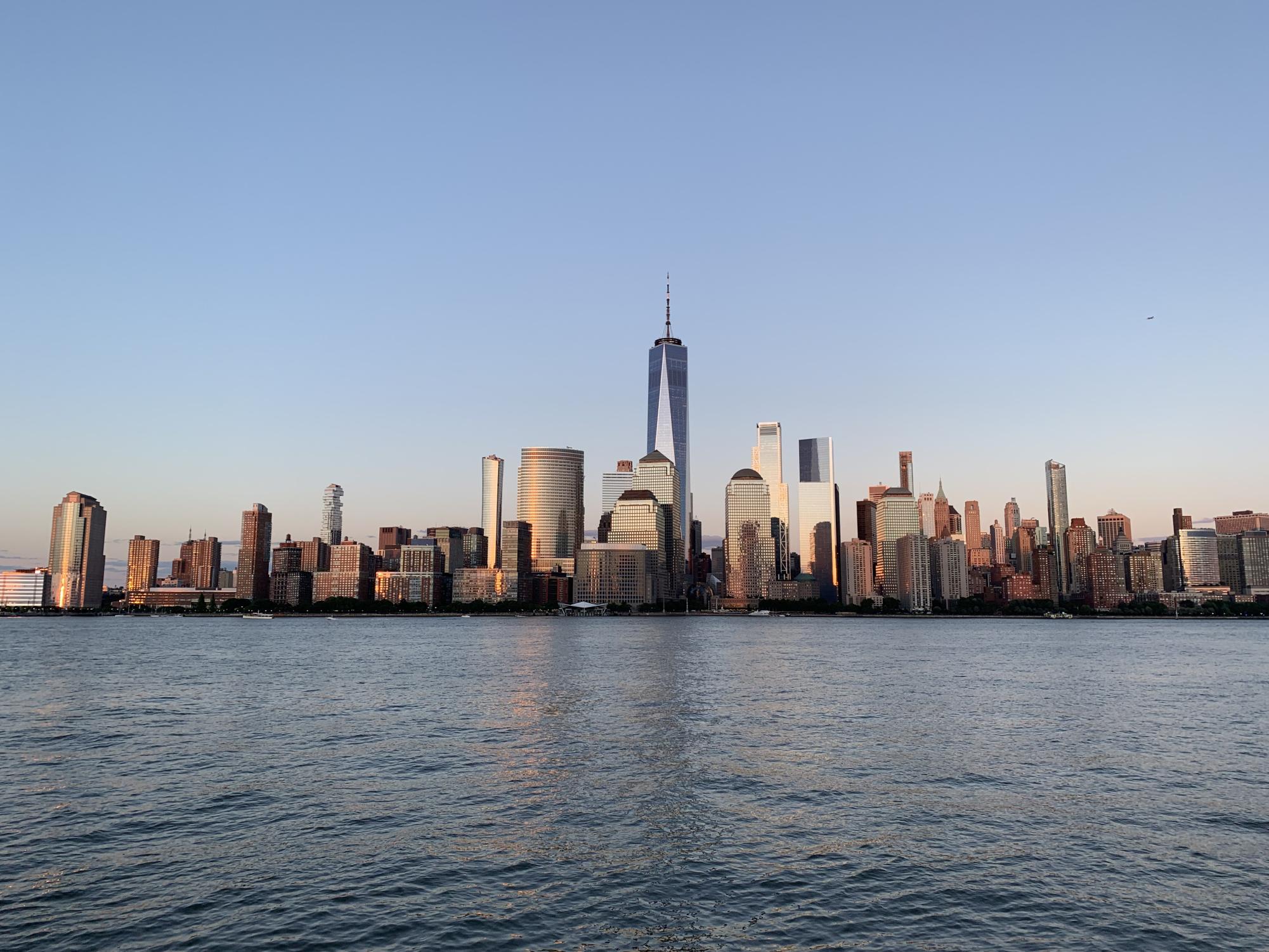
Now, travel all the way to the eastern United States, where New York City holds many historic layers to unfold. For the most part, New York City is perceived as a bustling city scene with multicultural characteristics. However, the city is more than just what people have known New York for. There are so many landmarks that come to mind, such as the Statue of Liberty, the Empire State Building, Rockefeller Center, and others, when visualizing or portraying what New York stands for. Although the city is indeed a classic tourist destination full of appealing sites, it also tremendously supports artistic appreciation within the communities through the spotlight of various cultural centers that reflect the future direction of the city. Although LA’s city layout presented a calm, beautiful skyline that could be said to have merged the urban and suburban atmosphere surrounded by an extended range of residential and natural scenes around mountains, New York City, on the other hand, is distinctively screaming the word ‘urban.’ Even just walking down the street in the heart of New York City, there are scenes of congested urban life everywhere, showcasing the overwhelming yet dynamic energy of urbanity and vitality within. Just as LA’s intriguing city layout and its characteristics are well-reflected in the renowned museum of Getty Center, NYC has the Museum of Modern Art, or MoMA. Not only does MoMA serve as a beacon of arts and culture, but is also a symbol of the metropolis of NYC itself.
Located in midtown Manhattan, known as the most compact, hectic area of the city, MoMA is a microcosm of Manhattan, intentionally situated in the heart of NYC’s lively scene and reflected throughout the museum’s unique features. NYC’s overall scope possesses a somewhat deviant layout from the usual city standard of skyscrapers and different neighborhoods. Rather, in the middle of compacted roads filled with cars, skyscrapers and landmarks, there is the spacious Central Park. Just in the way NYC features an atypical layout through the conspicuous clashing of modernity alongside the natural landscape of the park, MoMA also emulates the same layout within the museum, incorporating a verdant sculpture garden with buildings holding various art forms showcased inside.
So what distinguishes MoMA from multiple of the other spectacular museums in the Manhattan area or the entirety of New York City? It is the avant-garde initiative of moving away from the traditional art museums to a contemporary art museum exclusively featuring modern art, tailored to reflect the modernity showcased throughout the city where skyscrapers and bustling traffic abound. MoMA’s contributions to the modern art movement not only included making art approachable to the public but also served to be a research hub and educational institution. A forerunner of the modern art museum establishment, MoMA redefines artistic boundaries through modernity and boasts its broad scope of collections from eminent artists, including those of Picasso, Van Gogh to Warhol, all from the twentieth and twenty-first centuries centuries of the contemporary period. This purview of collections, as well, is shaped by the multiculturalism NYC is known for, a so-called conglomeration of a wide variety of cultures and the practices present in the area. Ever since the city began teeming with people from all over the world, the area started to burgeon with developments incorporating diverse cultural movements and perspectives. Now it has come to focus on maintaining and reflecting that multiculturalism in its developments, and MoMA successfully adds another layer that contributes toward this movement.
Overall, MoMA, a quintessential modern art museum in NYC, continues to boast the city’s modernity and is constantly evolving along with the ever-growing metropolis of NYC. All the big-name artists’ work known throughout history can surely be found in MoMA!
-
Central Park in the middle of Manhattan as seen from the Rockefeller Tower.
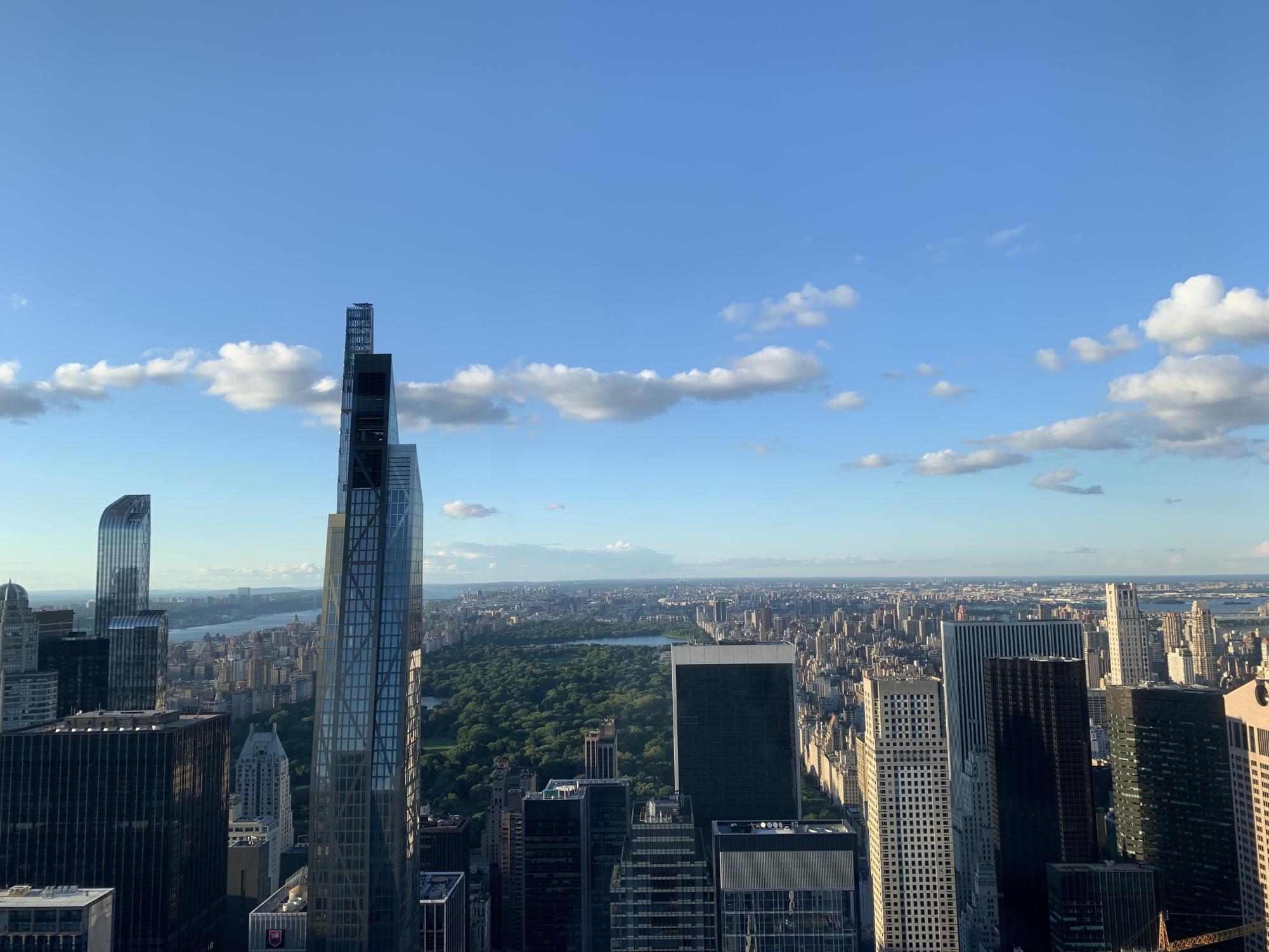
-
New York City’s skyline view from the east river.
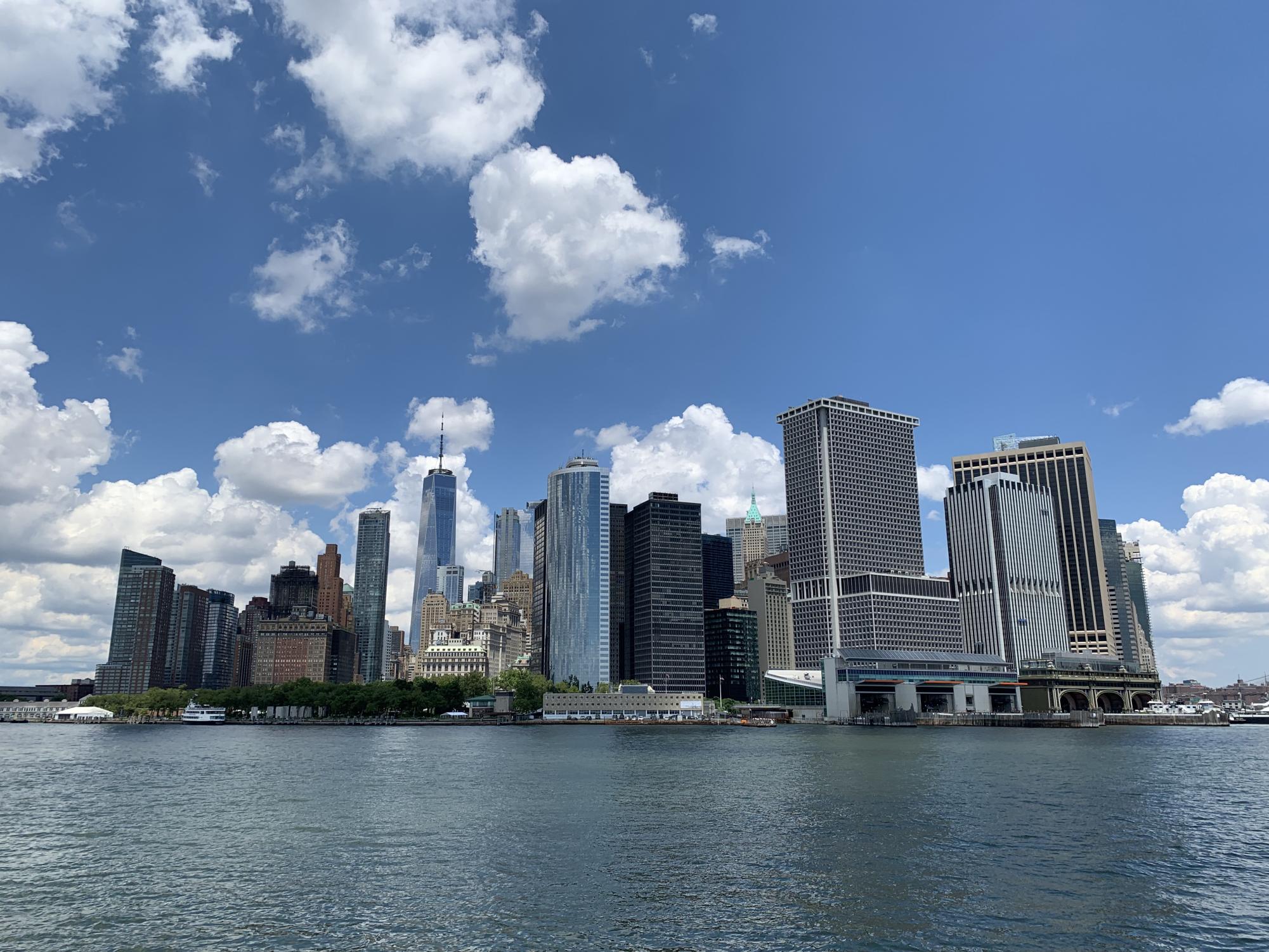
-
Central Park with a skyscraper view seen from inside the area.
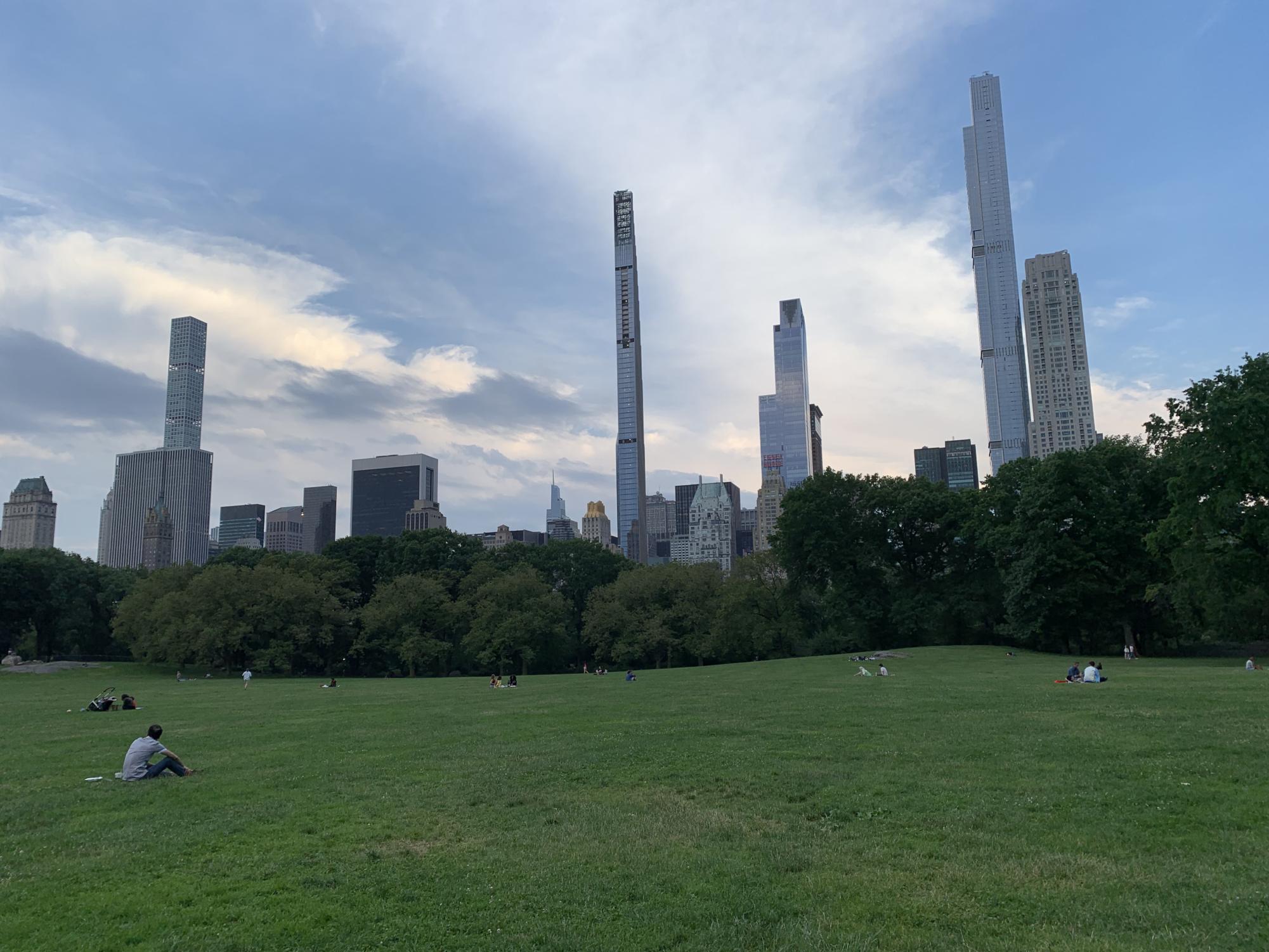
-
New York City’s street view from the Vessel features a mix of urban and natural scenery.

-
New York City’s overall city view from above.
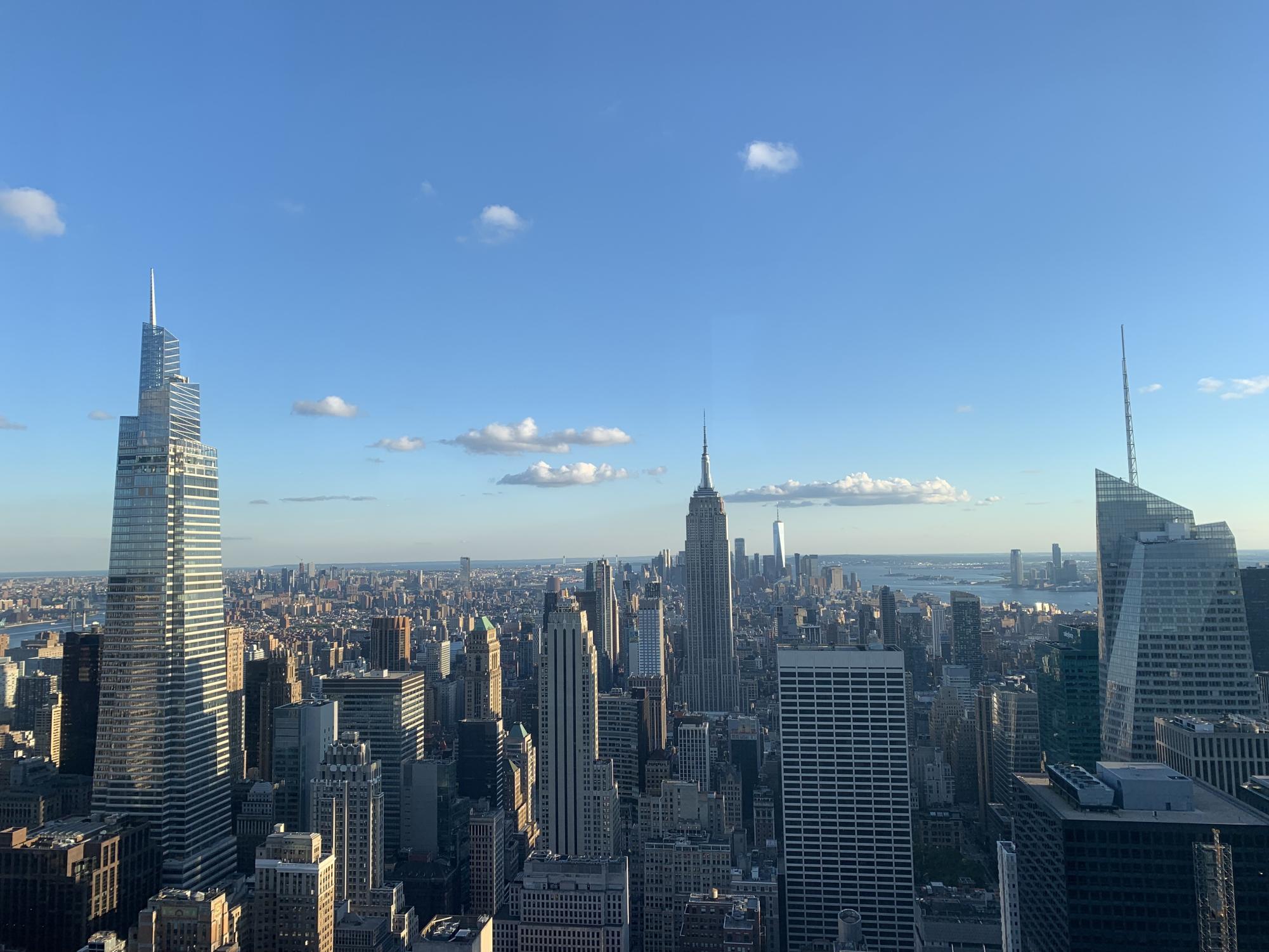
-
MoMA’s entrance view features a large spacious white room in the lobby.
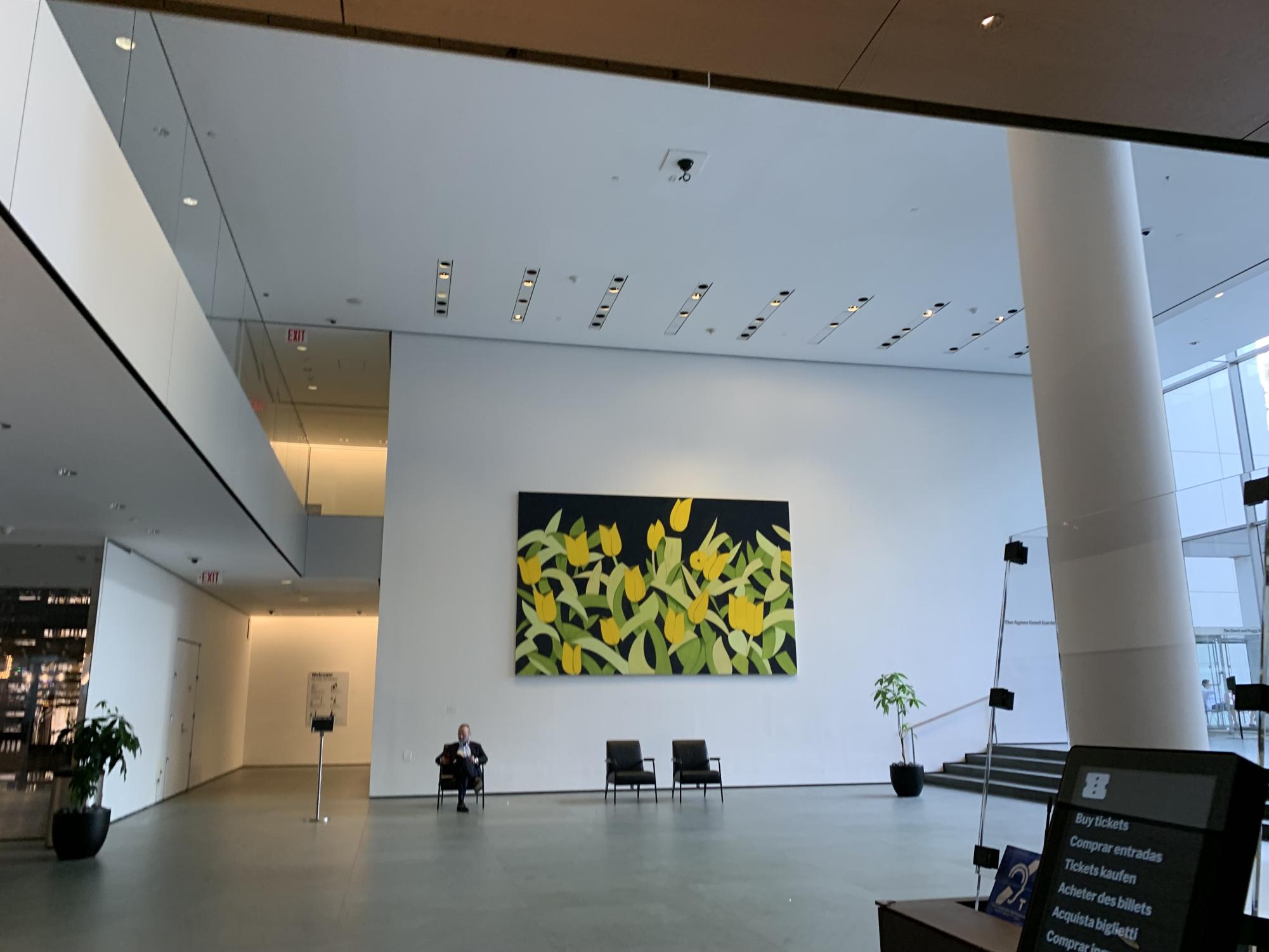
-
New York City’s skyline view during sunset seen from New Jersey’s border.

-
New York City’s skyline view at night seen from New Jersey’s border.
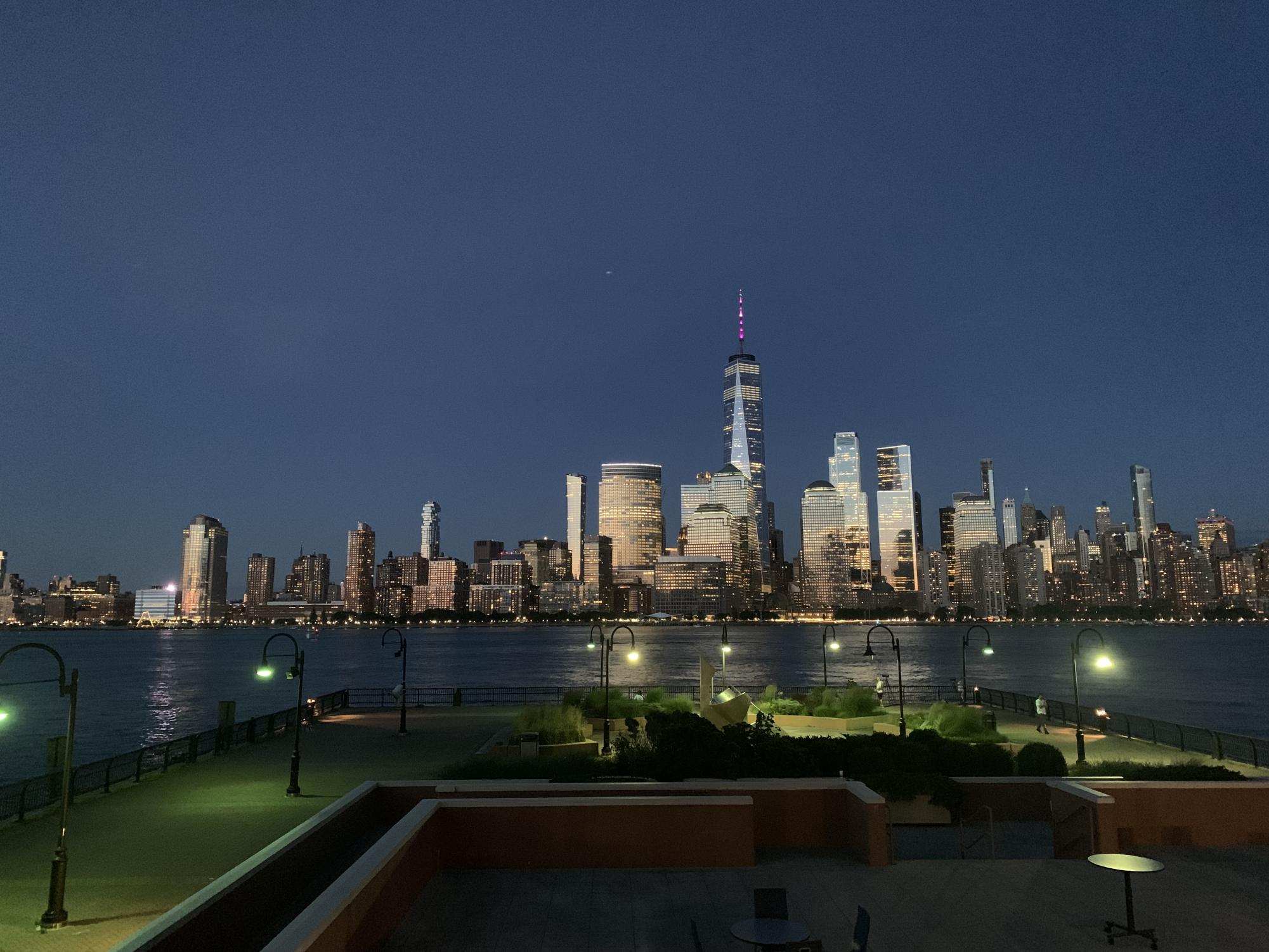
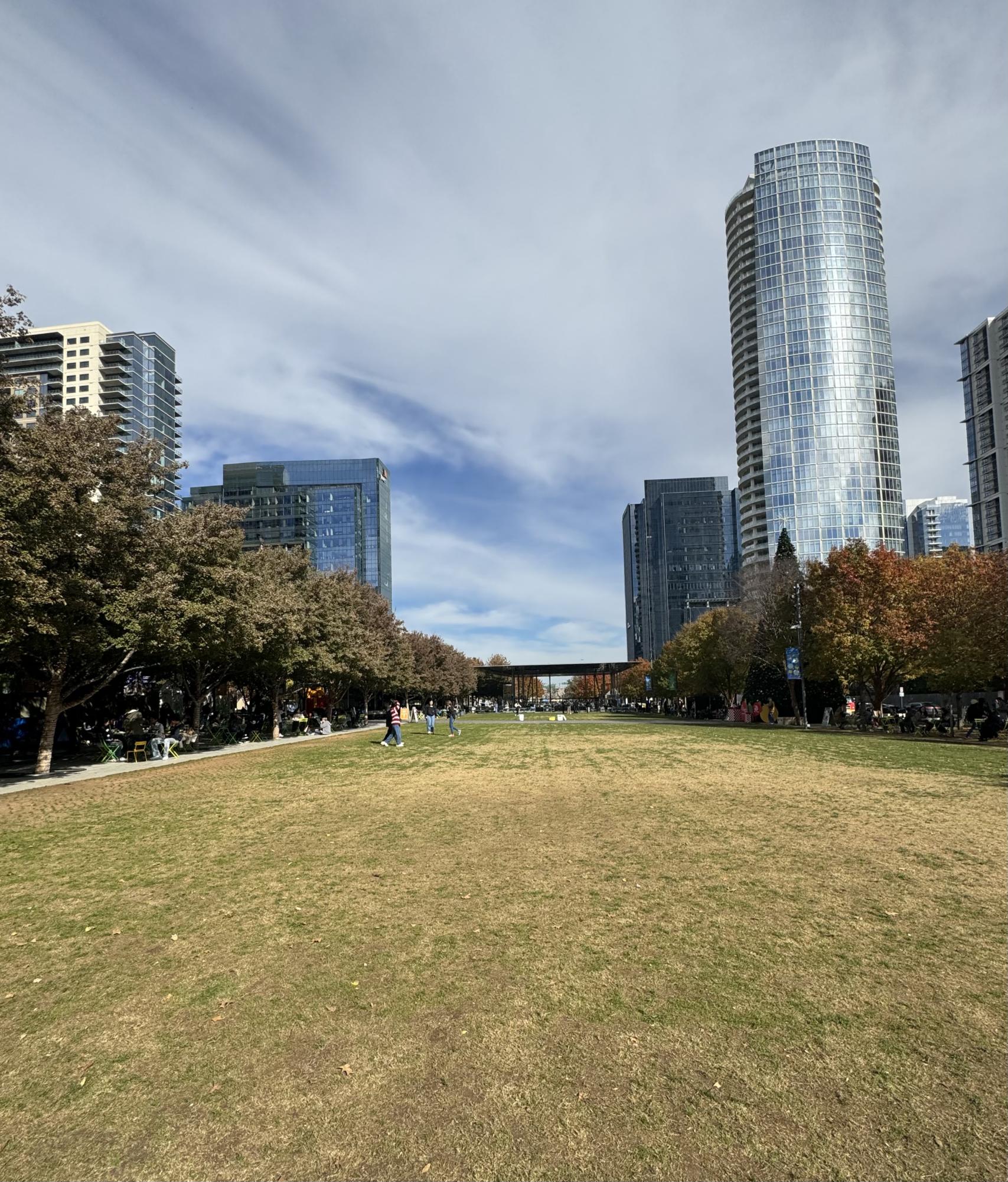
After soaking in the charms of LA and NYC, one more city star remains that can’t simply let shoot by: the Dallas Fort Worth metroplex, or DFW. Riding on the crest of burgeoning developments, DFW is known for its influx of migration and population growth, especially welcoming a huge youthful population with young families settling in the city. What distinguishes DFW from other well-known cities of the west and the east US is its newly born vibrancy and future-oriented growth, inviting copious amounts of business headquarters and entrepreneurs ready to freshly start in the area. Young professionals are drawn to its relatively affordable living paired with its nightlife in the downtown area. Less congested than NYC yet more vibrant than LA, DFW is representative of various attractive qualities for young creative people–fresh opportunities for professional growth, reasonable cost of living and a mix of urban and suburban scenery. Just as the Getty Center and MoMA mirror the city’s unique features and current-day movements, DFW also has its classic museum, the Dallas Museum of Art, or DMA, that serves as an arts hub for the community.
The DMA aims to foster connectivity and broader accessibility of arts among community members of all ages by purposefully structuring the museum in an easily navigable and welcoming environment. In front of the museum is Klyde Warren Park, known for its spacious, tranquil site for museum visitors, where all community members are invited to stop by for contemplation and relaxation. Just as the city was structured in a mix of urban, suburban and rural aspects, the museum also adopted the same format by placing a crowded cafe at the entrance, different floors of exhibitions, and multiple serene gardens throughout. Going back to DFW’s surging migration and youth population, the city is experiencing a swift shift in demographics, leading to an increase in working-age population and thus bringing more professionals to the area with a need for future residential and urban developments. This contributes to skyrocketing visits to the museum by youth to make the best out of their city’s experience.
Change in demographics encompass age range, but also ethnicity. Diverse populations can also be observed inside the museum, featuring works from multiple different countries around the world and various time periods, including those from the ancient era, Renaissance, and even contemporary periods, being one of the most comprehensive museums in the country. Paired with this diverse array of exhibitions, the further initiatives taken by the museum, including educational programs for teens, family-friendly workshops and artist lectures and talks, are all tailored to the purpose of improving community involvement and supplying youth populations with creative experiences.
DFW, constantly encountering more opportunities for growth, fosters both community creativity and empowerment, especially for youth. These pursuits combined with the museum’s mission of artistic appreciation in the communities continue to pave the way for future transformative developments in the area.
-
Dallas view seen from DMA’s front entrance.

-
DMA’s front entrance view features a red star sculpture and vine decorations around the building.

-
DMA’s serene sculpture garden in the middle of the museum.

-
Klyde Warren Park view mixed with Dallas city view in front of DMA.

After taking a closer look at three different cities and their respective museums, it became clear how each museum reflects the unique blend of cultural, social, and environmental elements of its city. The role of museums is not only to attract community members by fostering creativity within the area but also to elevate the city’s characteristics through emulation and take part in its broader revitalization over time, meaning that museums do indeed move along the timeframe of the city.
Over the course of the city’s developments and movements, museums serve as important assets more than ever when it comes to formulating a unique definition of the area itself.
“In places like Los Angeles and Dallas for example, the advent of museums and cultural institutions was a sign that the city has arrived,” Shkuda said. “I would say that today, if you look at the art museum’s website, there’s all this language about how they’re not just this stodgy art museum, but they do things for the urban community, and they try to bring equity to the area.”
The intersection of urbanism and art is therefore a center of interest among cities in order to achieve the goal of future-oriented equitable growth through the museums. Moreover, for the museums, cities also offer a comprehensive basis for how to visualize community integration and support future developments.


